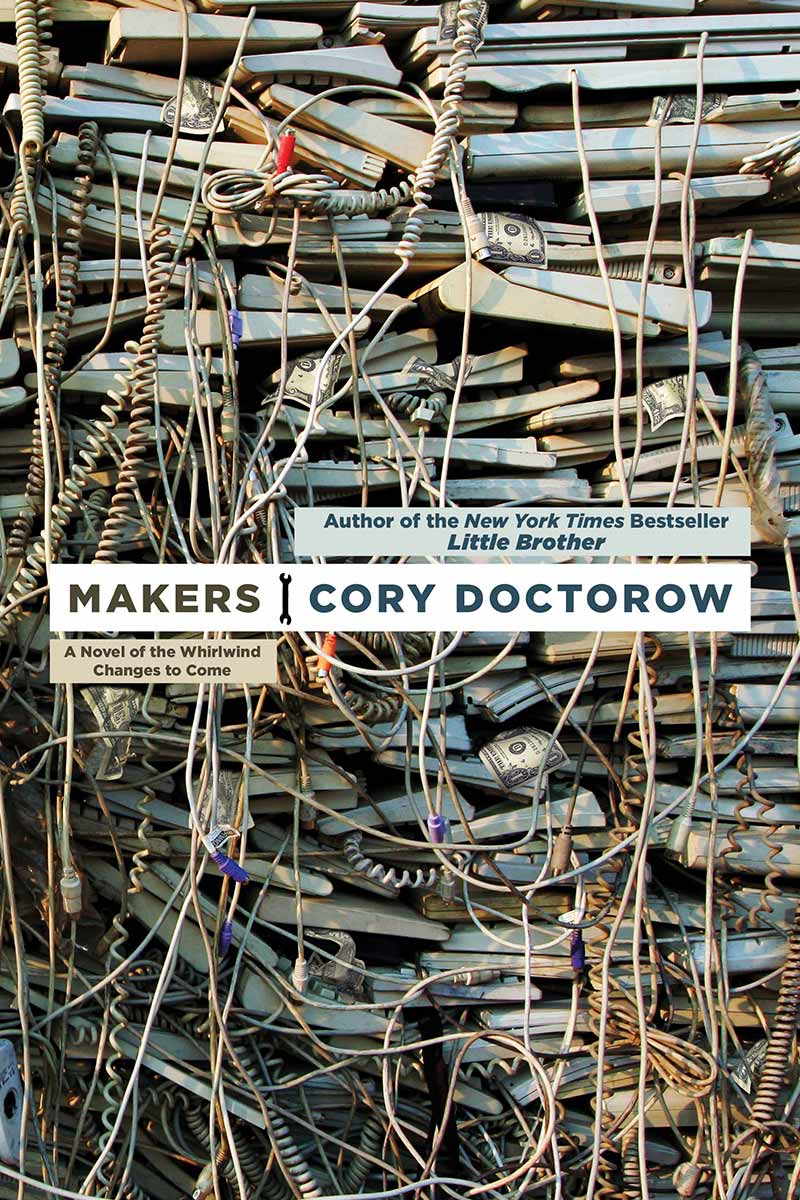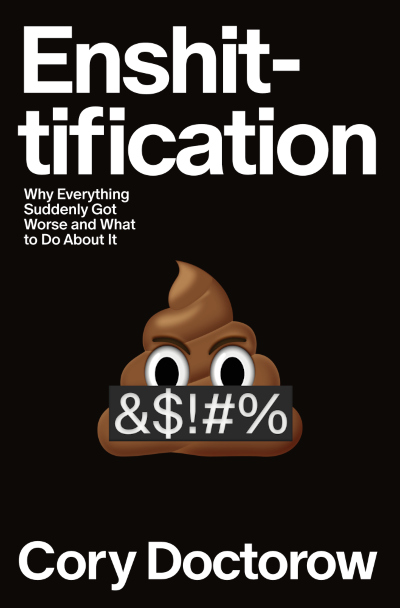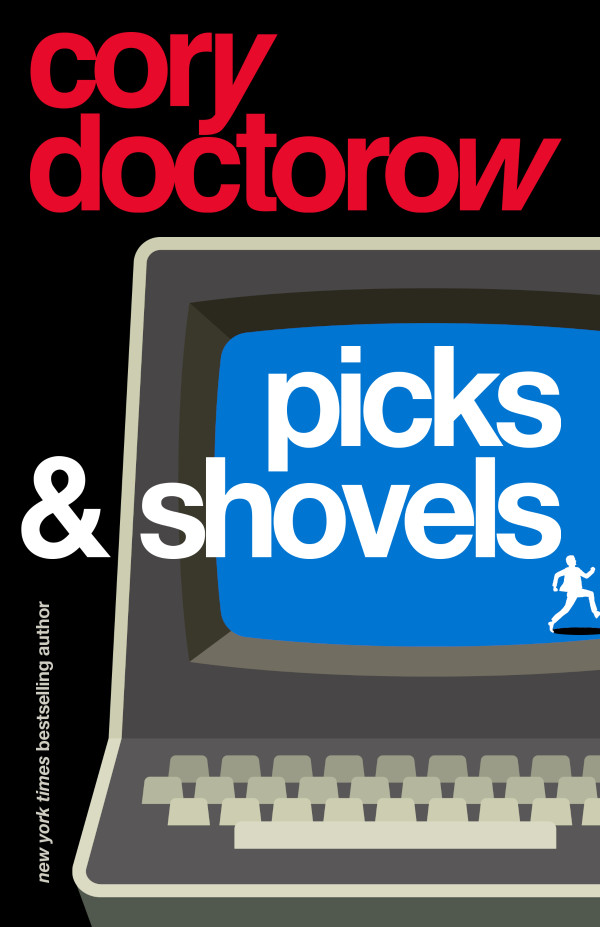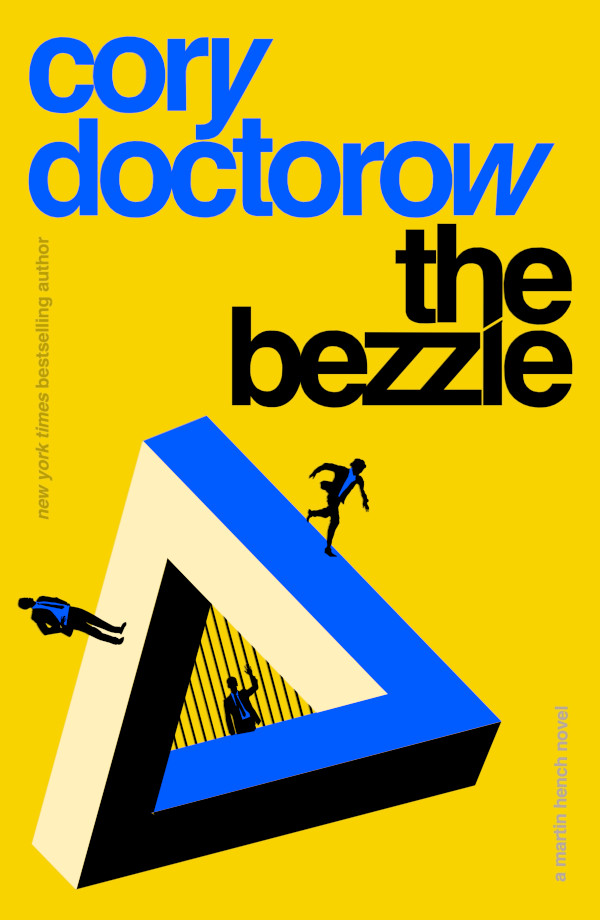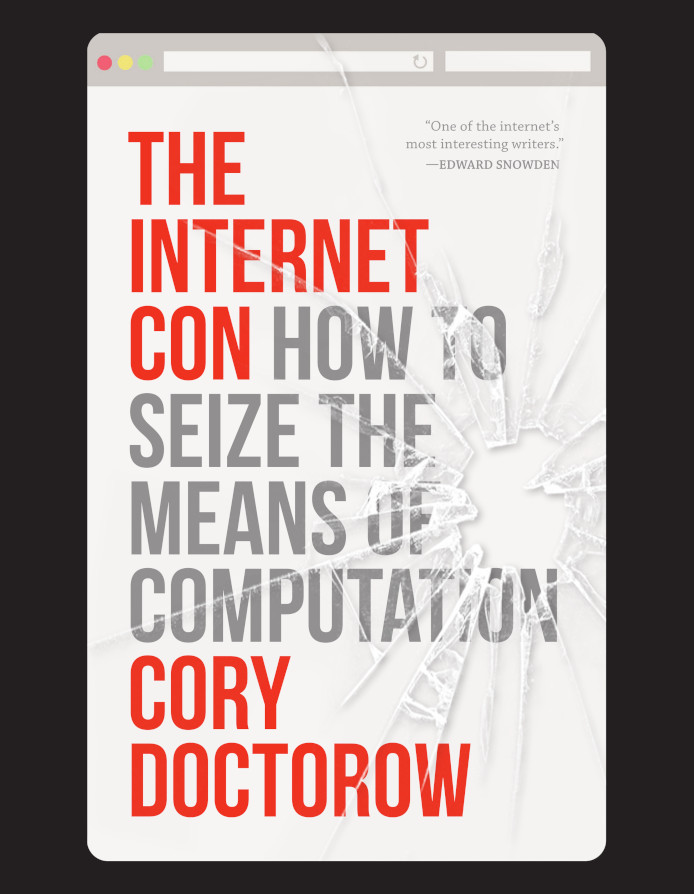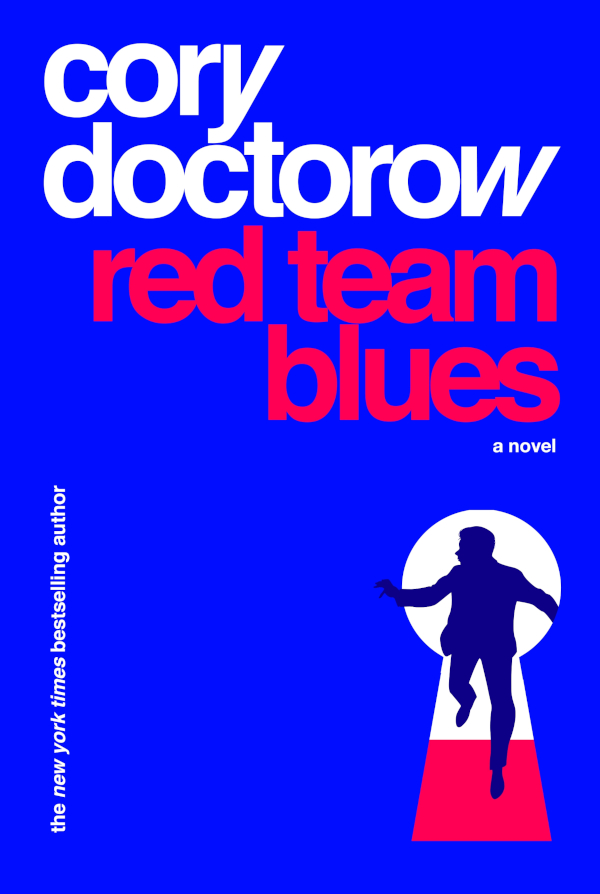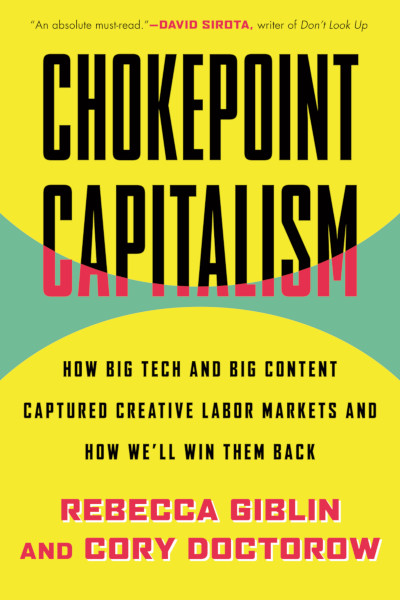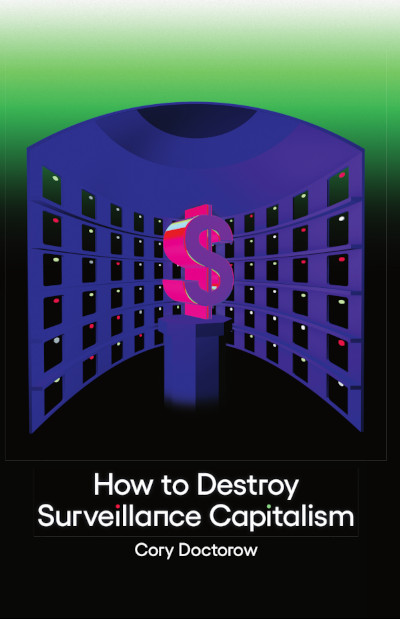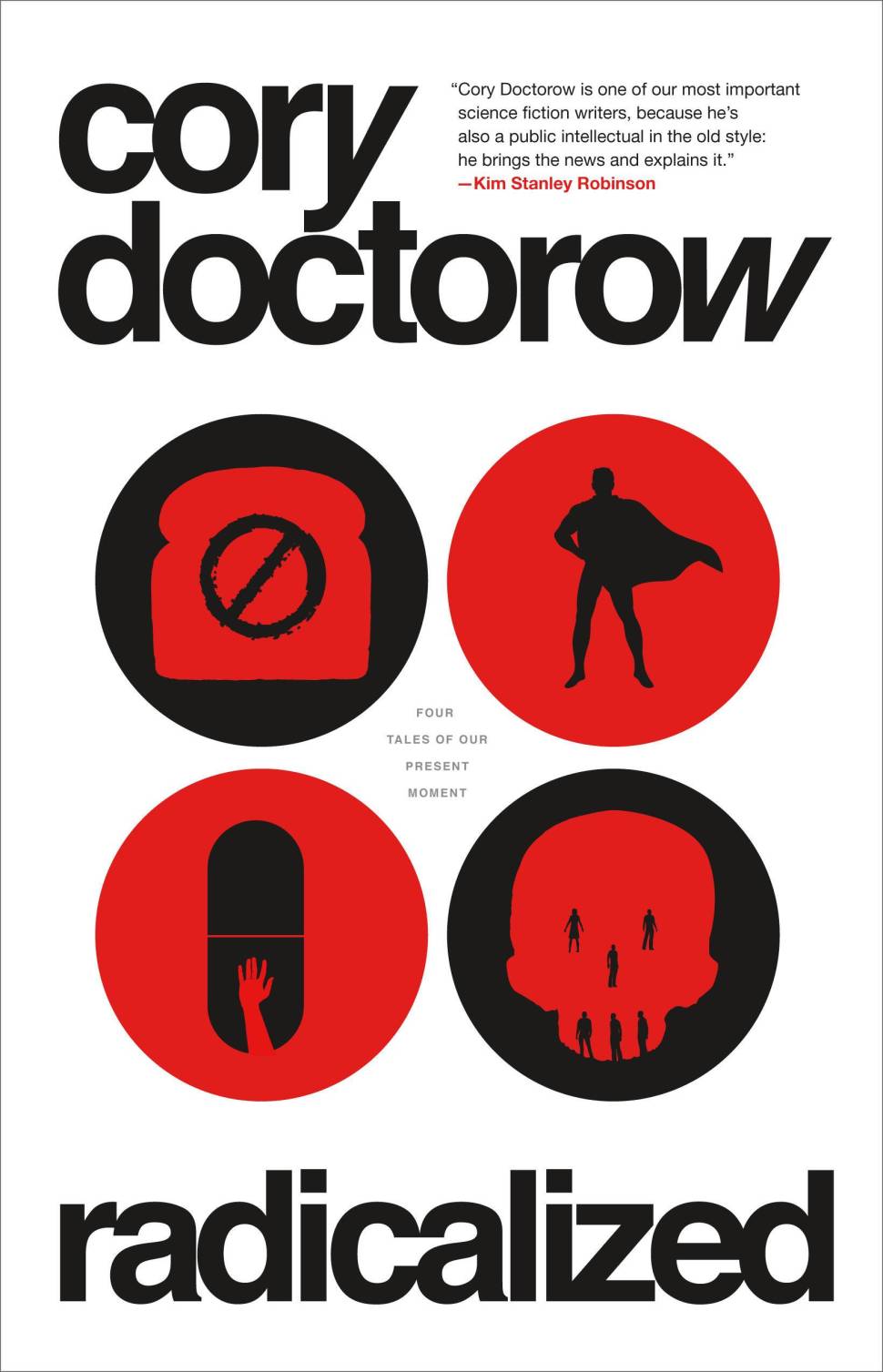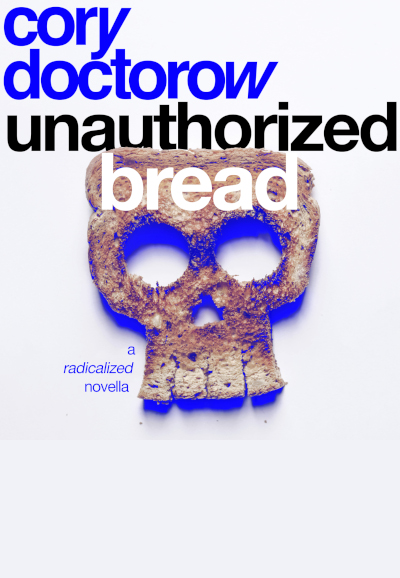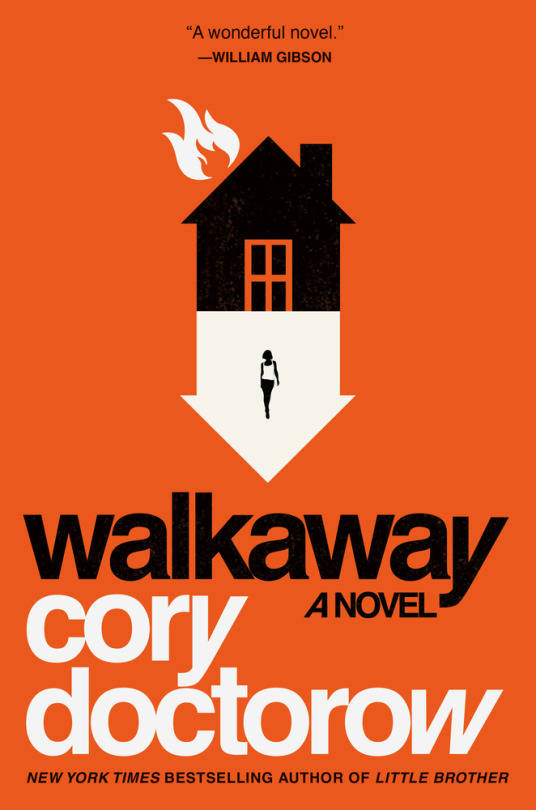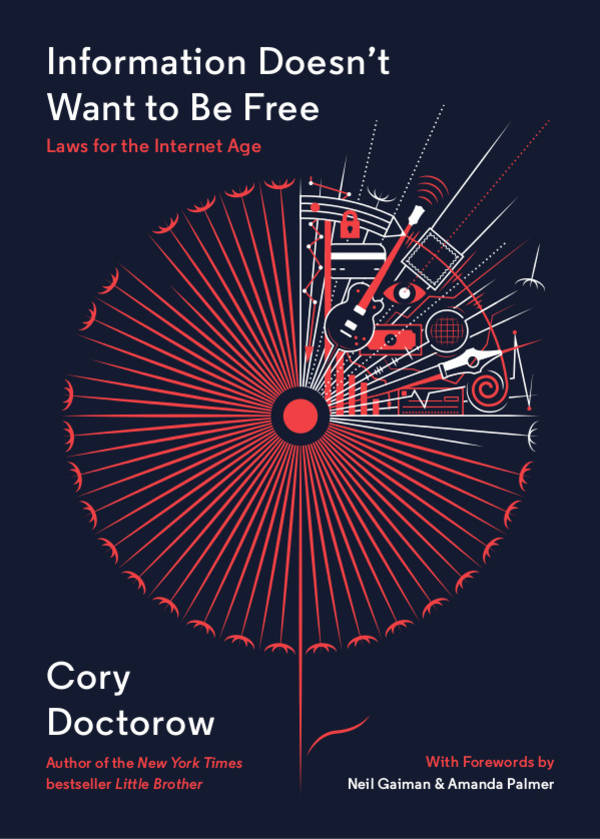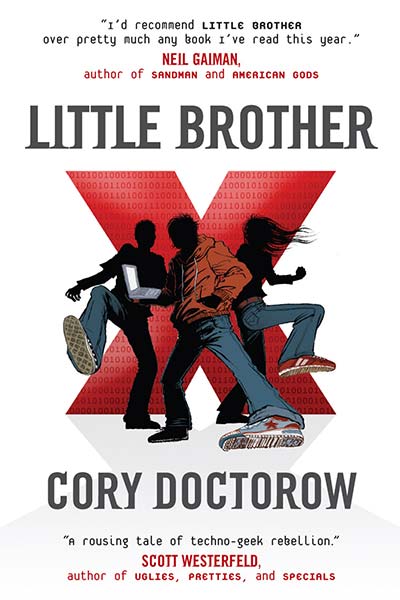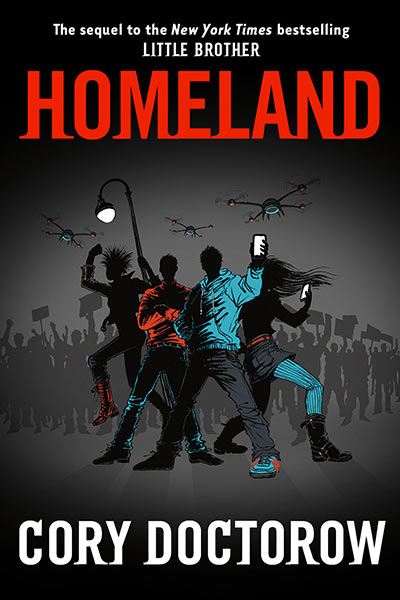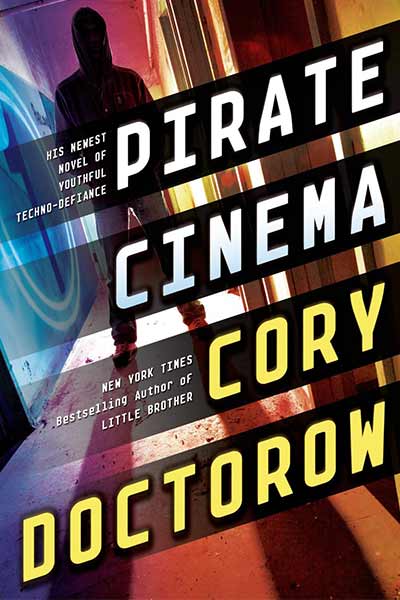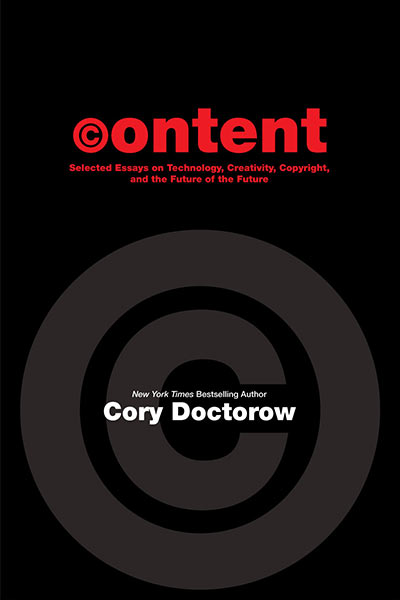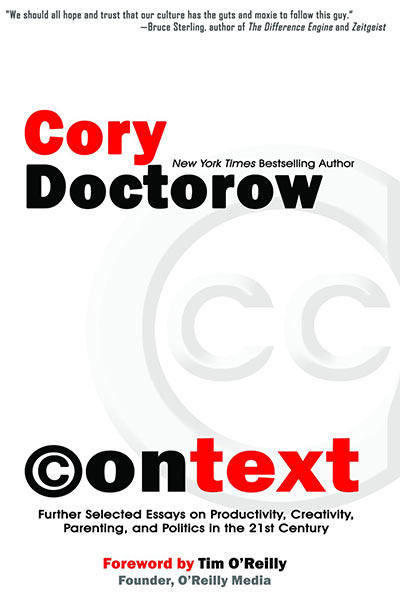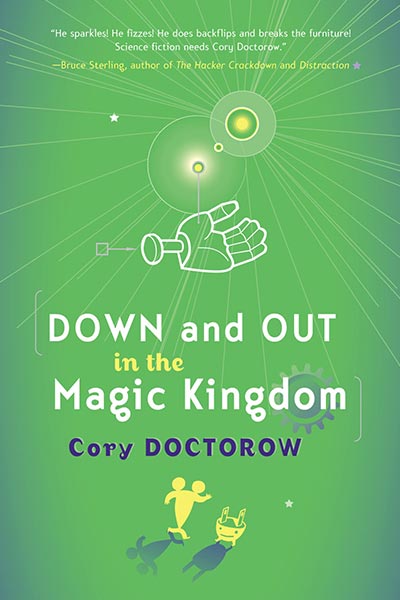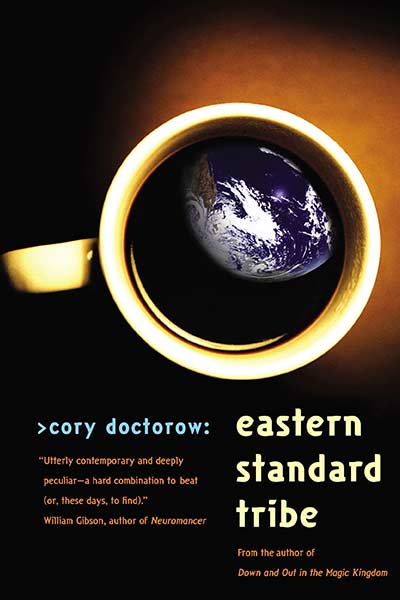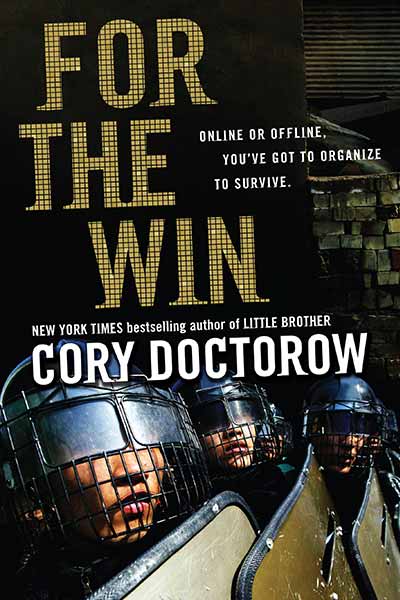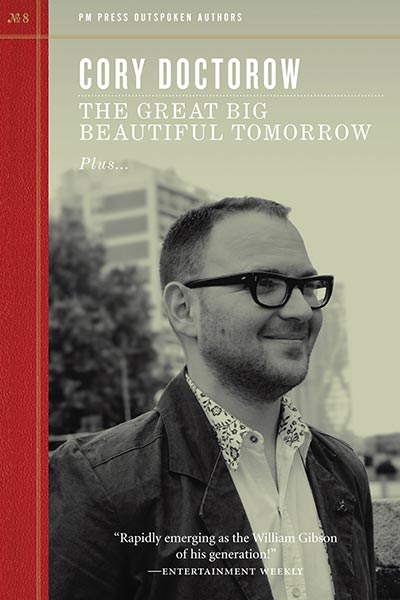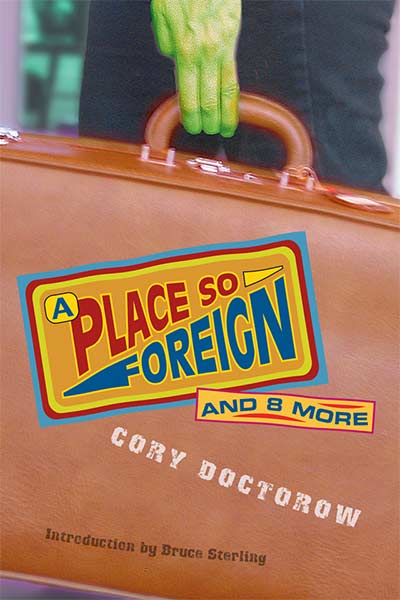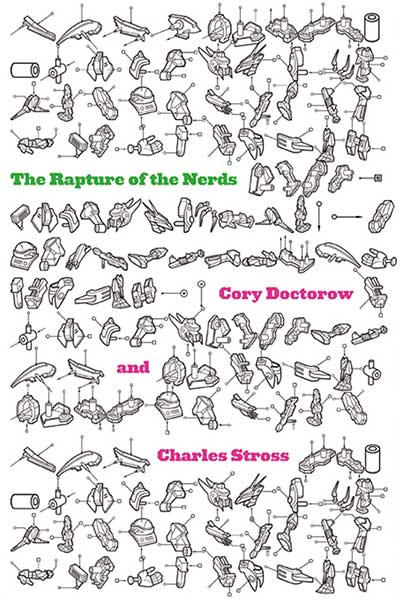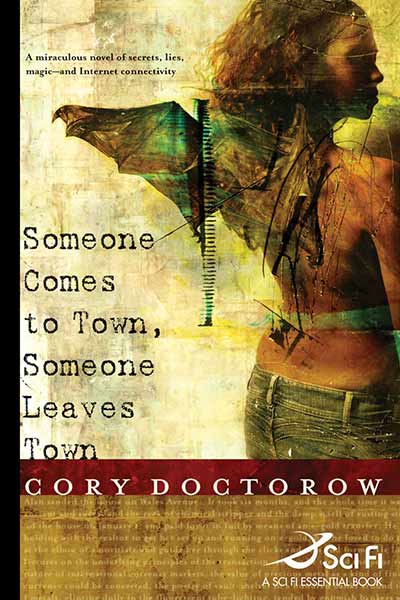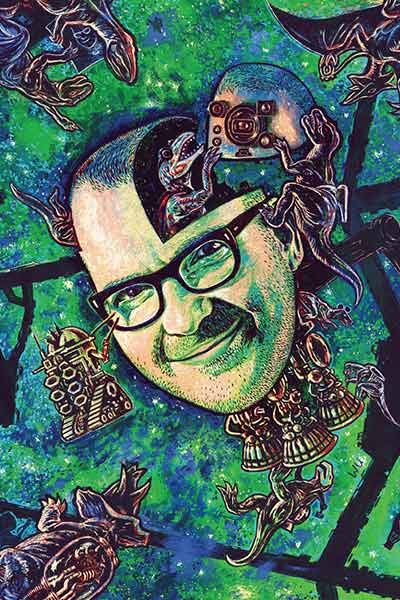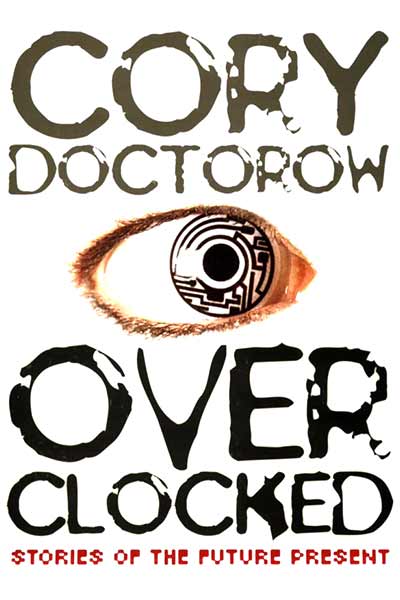The Guardian’s Michelle Pauli has written a stupendous profile of me and review of MAKERS for today’s edition:
In Makers, 3D printers are used to run off everything from homes for squatters to the fairground rides that cause the plot-twisting showdown with Disney. But, typically for a Doctorow novel, it’s not as far-fetched as it might sound: the 3D world is already here. He jumps up to show me a 3D museum object, part of a bear’s jaw, that was scanned and printed in six hours, and explains that he’s waiting for the post to bring one of the first 3D-printed objects he’s ordered online (“a beautiful big steel cross that looks like a nun’s cross except that the tips are screwdriver tips and it’s actually a multi-driver and it hangs around your neck from a leather thong!”) “We’ll have 3D printers which will make the world weird and they will beget something even weirder. 3D printers are just for starters!” he says, gleefully.
Despite his success in fiction – last year’s young adult novel Little Brother was a New York Times bestseller and he has previously won the Locus award and been nominated for Hugo and Nebula awards – Doctorow is better known in some quarters for his political activism around digital freedom and open rights. He’s the former European director of the Electronic Frontier Foundation, a civil liberties group that defends freedom in technology law, policy and standards; he co-founded the UK Open Rights Group; and he’s currently campaigning on the government’s draconian digital rights bill. Both sides of his work come together in his novels, not just in terms of subject matter but in the way they are distributed. Although published by mainstream presses, Doctorow also releases all his books for free download from his website under a creative commons licence, and talks enthusiastically about the uses people have made of these free online versions of his books, from foreign translations and student films to a teacher in a Detroit school for the blind who was able to run the download of Little Brother through the school’s Braille embosser for her students without having to painstakingly retype the whole book first.


